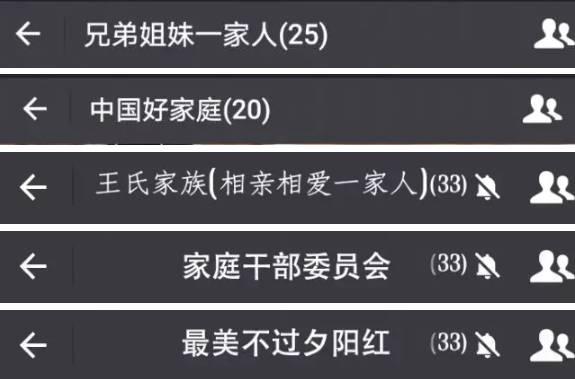原子序数为116(核言碎语165)
122 原子序数
Atomic Number
(https://www.nuclear-power.com/)
原子序数
The atom’s chemical properties are determined by the number of protons and the number and arrangement of electrons. The configuration of these electrons follows the principles of quantum mechanics. The number of electrons in each element’s electron shells, particularly the outermost valence shell, is the primary factor determining its chemical bonding behavior. In the periodic table, the elements are listed to increase the atomic number Z.
原子的化学性质是由质子数、电子数和电子排列决定的。这些电子的配置遵循量子力学的原理。每个元素的电子壳层的电子数,特别是最外层的价电子层,是决定其化学键行为的主要因素。在元素周期表中,元素按原子序数Z的递增排列。

Hydrogen (H), for example, consists of one electron and one proton. The number of neutrons in a nucleus is known as the neutron number and is given the symbol N. The total number of nucleons, protons, and neutrons in a nucleus are equal to Z N = A, where A is called the mass number. The various species of atoms whose nuclei contain particular numbers of protons and neutrons are called nuclides. Each nuclide is denoted by the element’s chemical symbol (this specifies Z) with the atomic mass number as superscript.
例如,氢(H)由一个电子和一个质子组成。原子核中的中子数量称为中子数,用符号N表示。原子核中核子总数,即质子和中子数等于Z N = A,其中A称为质量数。原子核中含有一定数量的质子和中子的各种原子称为核素。每个核素是由元素的化学符号(这指定了Z)和原子质量数作为上标来表示的。
Thus the symbol 1H refers to the nuclide of hydrogen with a single proton in the nucleus. 2H is the hydrogen nuclide with a neutron and a proton in the nucleus (2H is also called deuterium or heavy hydrogen). Atoms such as 1H, 2H whose nuclei contain the same number of protons but the different number of neutrons (different A), are known as isotopes.
因此符号1H指的是原子核中有一个质子的氢核素。2H是原子核中有一个中子和一个质子的氢核素(也叫氘或重氢)。像1H、2H这样的原子,其原子核中含有相同数量的质子,但不同数量的中子(不同的A),被称为同位素。
(待续)
,免责声明:本文仅代表文章作者的个人观点,与本站无关。其原创性、真实性以及文中陈述文字和内容未经本站证实,对本文以及其中全部或者部分内容文字的真实性、完整性和原创性本站不作任何保证或承诺,请读者仅作参考,并自行核实相关内容。文章投诉邮箱:anhduc.ph@yahoo.com






